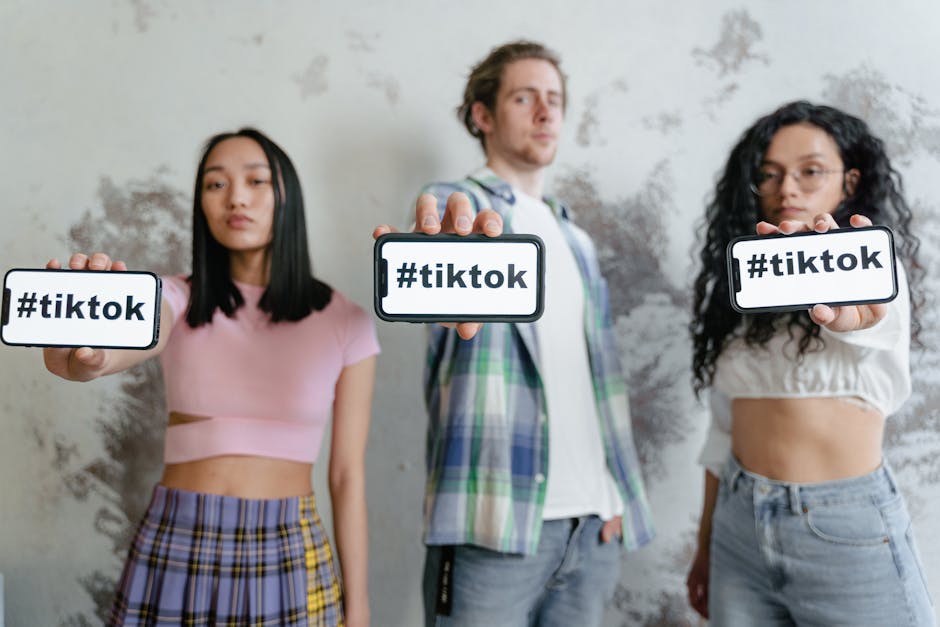The Influence of Nostalgia in Modern Media
Nostalgia has a powerful hold on our emotions, often transporting us back to a time when things seemed simpler and more innocent. In recent years, the media industry has tapped into this sentiment, using nostalgia as a tool to engage audiences across various platforms. From reboots of classic TV shows to retro-themed video games, the influence of nostalgia in modern media is undeniable. In this article, we will explore the different aspects of this phenomenon, from its psychological underpinnings to its impact on pop culture and marketing strategies.
The Psychology of Nostalgia

Nostalgia is more than just a wistful longing for the past; it is a complex emotional experience that can have profound effects on our mental well-being. Research has shown that nostalgia can counteract feelings of loneliness, boredom, and anxiety, providing a sense of continuity and meaning in our lives. When we engage with nostalgic media content, whether it’s a beloved childhood cartoon or a retro-inspired fashion trend, we are seeking comfort and connection to our personal histories.
Moreover, nostalgia has been found to boost self-esteem and feelings of social connectedness. By reminiscing about positive experiences from the past, we can reinforce our sense of identity and belonging. This psychological aspect of nostalgia explains why media producers often capitalize on nostalgic themes to elicit a strong emotional response from their audience.
Nostalgia in Film and Television

One of the most prominent examples of nostalgia in modern media is the resurgence of classic films and TV shows. Hollywood studios have been cashing in on audiences’ fondness for retro content by producing sequels, prequels, and reboots of popular franchises. From the revival of ‘Star Wars’ to the return of ‘Full House’ as ‘Fuller House’, nostalgia-driven projects have dominated the entertainment industry in recent years.
These nostalgia-infused productions often target millennials and Gen Xers who grew up watching the original versions. By tapping into their emotional connection to these beloved stories and characters, studios can attract a built-in fan base and generate buzz around their new releases. However, this strategy is not without its risks, as die-hard fans may have high expectations for the reimagined content and be critical of any deviations from the original.
Nostalgia in Music

Music has a unique ability to evoke memories and emotions, making it a powerful tool for harnessing nostalgia. Many artists have capitalized on this by incorporating retro elements into their music, from sampling classic songs to adopting vintage aesthetic styles. For example, the resurgence of vinyl records and cassette tapes in the music industry reflects a broader trend towards nostalgia for analog technology.
Moreover, music festivals and concerts often feature ‘throwback’ acts from past decades, catering to audiences who long for the sounds of their youth. By blending old and new influences, musicians can create a sense of timelessness that resonates with fans of all ages. This fusion of nostalgia and innovation has led to a resurgence of interest in vintage genres like synth-pop, disco, and grunge.
Nostalgia in Video Games

The world of video games has also embraced nostalgia as a marketing strategy, with many developers releasing remastered versions of classic titles or incorporating retro elements into new games. This trend has been particularly prevalent in the indie gaming scene, where small studios often draw inspiration from iconic games of the past.
Additionally, virtual reality technology has provided a new way to experience nostalgia, allowing players to immerse themselves in virtual worlds inspired by vintage arcade games or 8-bit graphics. By combining the latest gaming technology with nostalgic themes, developers can appeal to both older gamers who remember the original titles and younger players who are curious about gaming history.
Nostalgia in Marketing
Marketers have long recognized the power of nostalgia in influencing consumer behavior. By tapping into people’s fond memories of the past, brands can create a sense of familiarity and trust with their target audience. This emotional connection can lead to increased brand loyalty and engagement, as customers are more likely to support companies that evoke positive feelings.
Many successful marketing campaigns have leveraged nostalgia to appeal to consumers’ desires for simpler times or to evoke a sense of nostalgia for childhood. For example, Coca-Cola’s iconic Christmas commercials featuring the polar bears have become a holiday tradition for many families, tapping into a collective nostalgia for the brand’s long history and cultural relevance.
The Future of Nostalgia in Modern Media
As technology continues to evolve and media consumption habits change, the role of nostalgia in modern media is likely to evolve as well. Virtual reality, artificial intelligence, and interactive storytelling are just a few of the emerging trends that will shape the future of entertainment. How these innovations will intersect with our desire for nostalgic content remains to be seen.
However, one thing is certain: nostalgia will continue to be a powerful force in shaping our cultural landscape. Whether it’s through reboots of classic franchises, retro-inspired fashion trends, or throwback music playlists, the influence of nostalgia in modern media is here to stay. By understanding the psychological mechanisms behind nostalgia and its impact on our emotions, media producers can create content that resonates with audiences on a deep and personal level.
Conclusion
In conclusion, nostalgia plays a significant role in modern media, shaping the way we consume and engage with content across various platforms. From film and television to music and video games, nostalgia has become a driving force behind many creative decisions in the entertainment industry. By tapping into our emotional connections to the past, media producers can create content that resonates with audiences of all ages and backgrounds.
As we look to the future, it will be interesting to see how technology and innovation continue to intersect with our desire for nostalgic content. Will virtual reality allow us to relive our favorite memories in a more immersive way? Or will AI algorithms tailor media experiences to our individual nostalgia triggers? Only time will tell, but one thing is certain: nostalgia will always have a place in the ever-changing landscape of modern media.
Long story short, nostalgia is a powerful tool that can evoke strong emotions and create lasting connections with audiences. By understanding the psychological effects of nostalgia and its influence on our behavior, media producers can harness this sentiment to create compelling and engaging content that stands the test of time.




